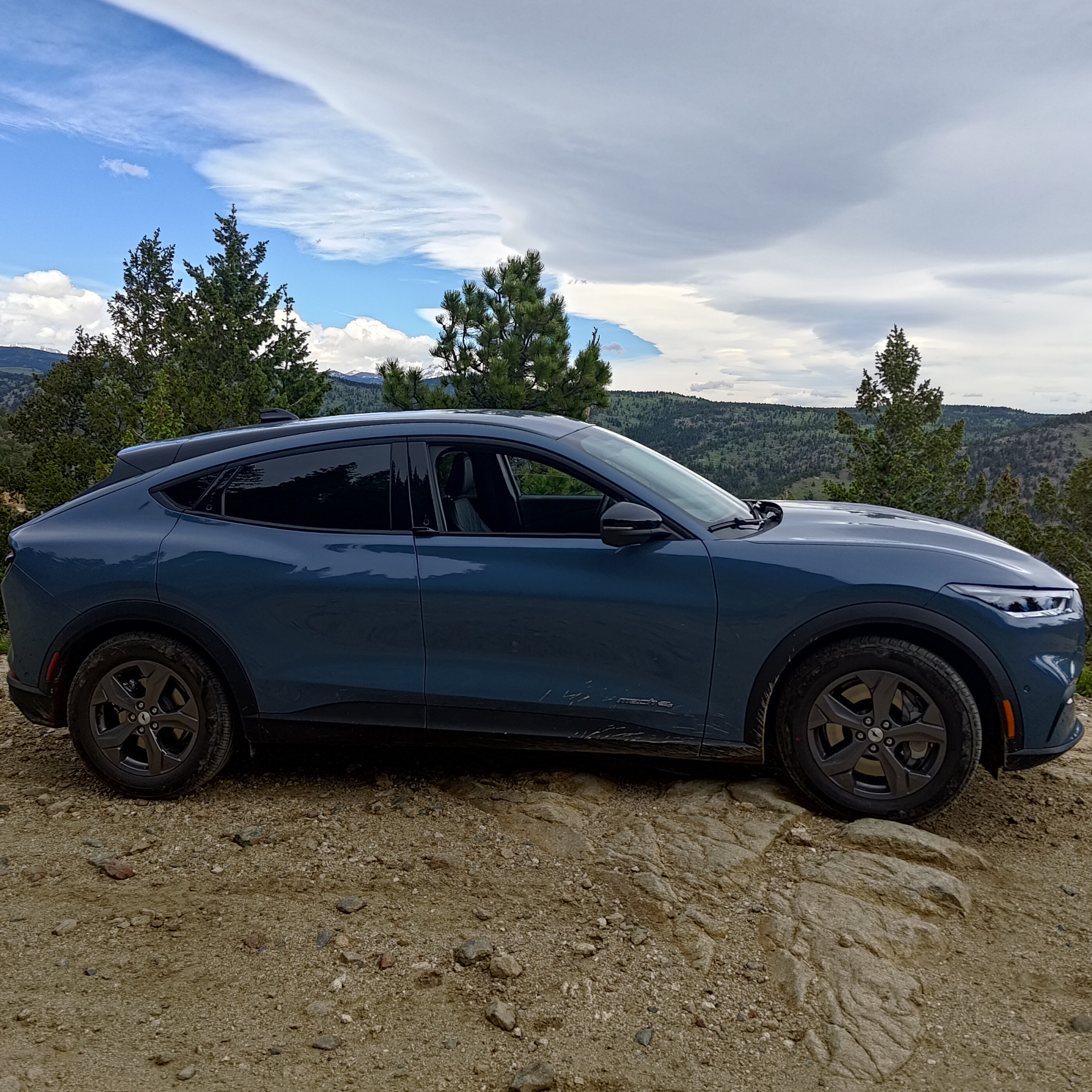Recently I had to return the laptop from my workplace, and was briefly left without a working laptop. Luckily (that’s what I thought at the time), we had a spare old 2013 macbook laying at home with an upgraded battery and a 256 GB SSD. The only problem was – it had MacOS installed. Now, I don’t really have a problem with using MacOS, in fact I had to daily-drive it for the past 8+ years, as most of the time I was using a work-issued laptop, which unsurprisingly ran MacOS. But this time I thought, wouldn’t it be fun to try and install a working Linux distro on this old macbook? I mean, it’s not like I have anything better to do on a weekend, right? What followed was a journey of pain, suffering, surfing 8 years old forum posts, with occasional glimpses of hope and joy, which made the entire experience worth it. Some of the problems I encountered were really Mac-hardware specific, while the others had to do with the rather early stage of Wayland protocol and the HiDPI support in general in Linux (worsened by the disinterest of corporate software developers in spending at least some time on making sure their product works on not-so-widely-used OS-s).
exacurbated
Is that a mashup of exacerbated and masturbated?
They did say they loved it.
Apple makes such weird decisions with their hardware sometimes. Like running the trackpad and keyboard off the Bluetooth controller in some models. I think it’s intentional just to make other OSes less compatible sometimes.
In college I was an apple certified tech and I had to replace a hard drive in a MacBook one day. The wireless card was glued to the top of it. No clue why. What was a 6 screw procedure on every other laptop vendor at the time was 20+ screws and 15 minutes of gentle prying on that thing.
Did this with an 09 MacBook, installed Debian 12 with XFCE, and everything just worked with no additional setup!
I recently did the same with a mid 2013 macbook air. I installed NixOS because I already have a config for my framework laptop. It took maybe 10 minutes to put together the extra lines of config for the macbook air, then 30 minutes of waiting for everything to install, and now I have two laptops with the exact same software and layout. The macbook air doesn’t exactly scream, but it’s a lightweight option for bringing to a coffee shop to write that does its job well, and it was just collecting dust before.
I have a late 2011 that I might be interested in doing this to. Any practical advice on avoiding your suffering?
Look up which distros come with drivers/documentation for your hardware (different for many MacBook versions) especially the WiFi/Bluetooth chipset.
Don’t try anything fancy, unless you have a surplus of life energy and time to waste.
They actually had hi-res screens 10 years ago? Like I’m 2013? Resolution is 1600. That’s pretty high for a 10 year old laptop
That sounds about right for the first retina MacBooks
deleted by creator
What’s the multi monitor support like on mac’s running Linux?
2012 MacBook Pro with an upgraded ssd.
Installed Fedora 38 easily on it with just one line of command for enabling rom fusion to get the WiFi drivers.
2010 MacBook Pro, still runs Arch with ease (back when I set it up I had more time than I do now, would go with a less DIY-ish distro nowadays, probably something Debian based)
The only chore was to get the RTC alarm wake up working, which was a bit hacky.










